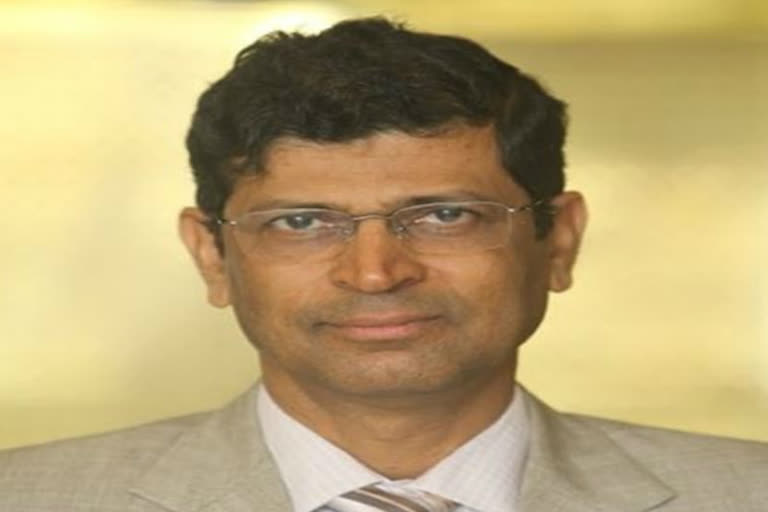New Delhi: Committees of Creditors (CoCs) should provide all relevant information and share their vision for companies under the insolvency process, a senior official said on Saturday as he asserted that it will be dangerous to let viable firms to close down.
Amid the rising number of stressed assets being referred for resolution under the Insolvency and Bankruptcy Code (IBC), IBBI chief M S Sahoo said the law also gives opportunities to rectify the mistakes during the insolvency process.
The objective of the law is to rescue viable companies and close down unviable ones, he said.
"If due to incompetence (of market participants) the reverse happens, then it is dangerous," Sahoo said here.
The Insolvency and Bankruptcy Board of India (IBBI) Chairperson also noted that CoCs must provide all relevant information to resolution applicants so that they find interest in the companies.
"Commercial decisions are not black and white. There is no mathematical formula to say that a company is unviable and another is viable. It depends on so many considerations and it depends on who is looking at it," he noted.
Speaking at an event, National Company Law Appellate Tribunal (NCLAT) Chairperson Justice S J Mukhopadhaya said that financial creditors should not play foul while going through the viability and commercial aspects of a resolution plan.
Citing examples, he indicated that operational creditors should also be getting money and not just the financial creditors in a resolution process.
Responding to a query on whether operational creditors are not getting their dues, Sahoo cited data till December 2018 to say that both operational and financial creditors "on average, got about 48 per cent each of their claims".
Read more:Prabhu appeals industry chambers to organise relief operations in Fani affected areas
About haircuts taken by creditors, he wondered what can be done if the resolution process started very late.
